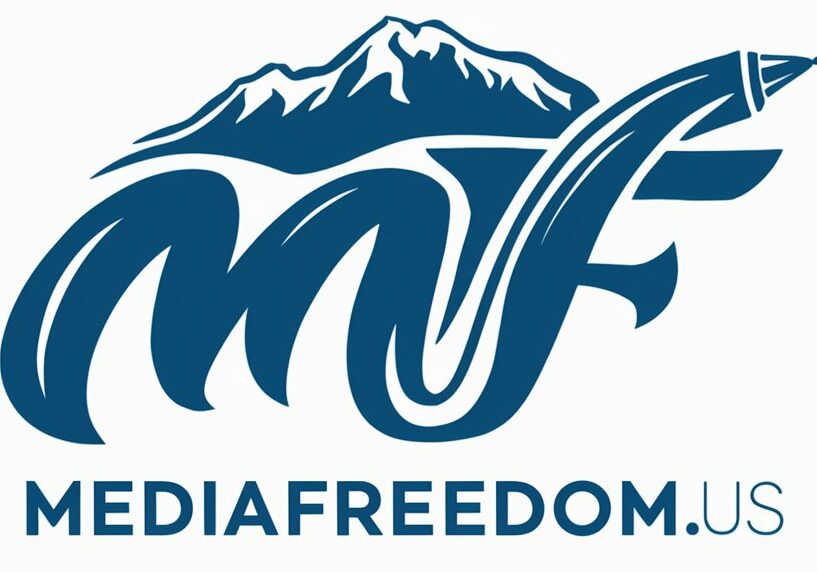In addition, larger banks often have access to the best exchange rates. The process is quite simple, and you can redeem the money you need within minutes. Remember that when it comes to currency conversion, even a small difference in the exchange rate can affect the final production of the quote currency.
Each tourist place has a few bureaux de change that do not charge any additional currency exchange fees. However, it is best to avoid these 꽁나라 places, as the exchange rate is usually the lowest. So you’ll end up escaping a smaller amount compared to places that have a fee.
However, if you can plan ahead, try to avoid airport kiosks and other exchange desks. Debit or credit cards generally do not offer the same certainty about retail exchange rates as travel money cards and foreign cash. You may not know the retail exchange rate at the time you make a purchase with your debit or credit card, unlike when you load foreign currency onto a travel money card or buy foreign cash. In some places, when paying for a meal or ticket tickets, the merchant’s point-of-sale machine may offer you the option to pay in the local currency or perhaps in U.S. dollars. While it may seem like the best option to pay in U.S. dollars, this isn’t always the case. Always go for the local option, there are hidden exchange rate fees and transaction fees involved.
“I took a test when I was in Japan. I used the same ATM first with a Bank of America debit card and then with a Capital One Visa card. Whether you use a debit card or a credit card, always choose the local currency if you are given the option to pay in your local currency or the local currency. The merchant’s bank or credit card device usually has a much wider margin of exchange compared to making the exchange through their own credit card. Travelex offers a free exchange rate tracking service, which monitors the exchange rates for you. The tracker will send you email updates when the exchange rate of your selected currency improves compared to the exchange rate you have chosen.
While foreign cash is usually relatively more expensive to buy than using travel money cards and debit or credit cards for purchases, it can be essential for some overseas destinations. In some places, debit, credit and travel money cards are not widely accepted and cash is required to make purchases. Some tourists feel that they only need to have euros or pounds sterling in their pockets when they get off the plane, but they pay the price at poor exchange rates in the United States.
In general, banks and credit are usually one of the most expensive ways to exchange money before traveling and sending money abroad. We recommend not using this method if you can withdraw directly from an ATM abroad, which will probably be cheaper. Despite the advice often given, banks and credit unions are rarely the best places to exchange currency, nor are they the cheapest.
Depending on the specific arrangements that exist, the exchange rate is determined by the bank in which you make the transaction, the network to which the ATM belongs or Visa. They are preloaded with a fixed amount of currency, which is deducted if the traveler uses it. However, many fees and restrictions apply, such as withdrawal and inactivity fees and withdrawal minimums and limits.
You can then choose to buy currency at an ideal rate, which will save you money in the long run. If you regularly make foreign purchases from Australia or travel abroad, you should consider a credit or debit card with no international transaction fees. Similarly, in some countries outside the eurozone, the euro is widely accepted, but it is generally a bad deal. For example, in Switzerland, which officially uses Swiss francs, some ATMs give euros, prices in tourist areas are listed in both currencies, and travelers can get by with cash in euros. Ideally, if you’re in a non-euro country for more than a few hours, go to the ATM and use the local currency instead.
